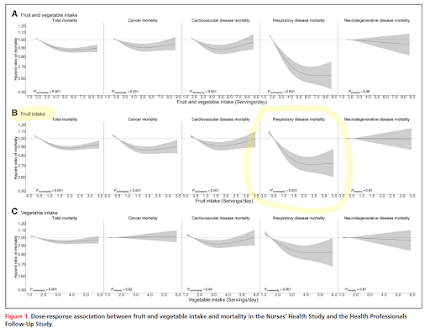The Nervous Heart video lecture notes
Dr. Crystal Ripplinger 5:40 nerve:myocyte ratio similar to capillary myocyte ratio; all myocytes in ventricular myocardium are in contact with at least one neuronal process 6:27 more nerves at base of heart than apex, more sympathetic in epicardium, more parasympathetic in endocardium 11:15 how sympathetic nerve loss contributes to arrhythmia post-myocardial infarction (heart attack) 12:52 heterogeneity in innervation can be arrhythmogenic 13:02 nerve loss, lack of norepinephrine can lead to beta adrenergic receptor hypersenstitivity & supersensitive response to neurotransmitters 14:03 Chondroitin sulfate proteoglycans (CSPGs) inhibit sympathetic regeneration after infarction, also prevent spinal cord regeneration 20:22 localized lesioning with anti-DBH-saporin; anti-dopamine beta hydroxylase antibody conjugated to toxin that gets into cell via synaptic vesicle 28:30 differences between larger animals (rabbi...
